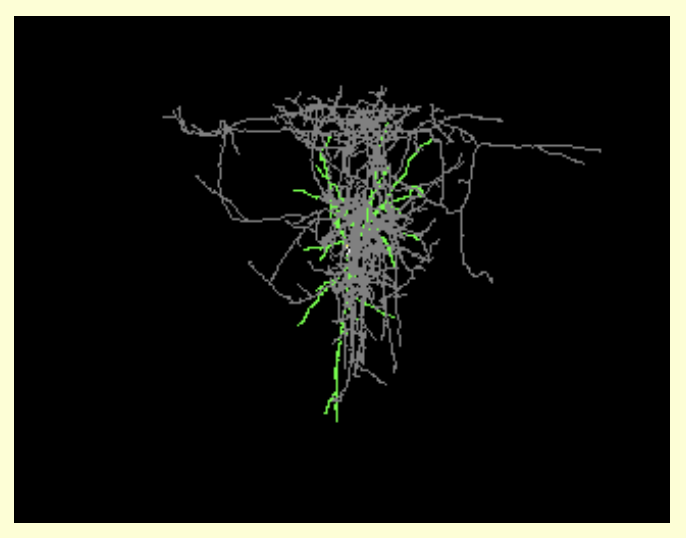URL: http://www.med.unc.edu/bric/ideagroup/free-softwares/unc-infant-0-1-2-atlases
Proper Citation: UNC Infant 0-1-2 Atlases (RRID:SCR_002569)
Description: 3 atlases dedicated for neonates, 1-year-olds, and 2-year-olds. Each atlas comprises a set of 3D images made up of the intensity model, tissue probability maps, and anatomical parcellation map. These atlases are constructed with the help of state-of-the-art infant MR segmentation and groupwise registration methods, on a set of longitudinal images acquired from 95 normal infants (56 males and 39 females) at neonate, 1-year-old, and 2-year-old.
Abbreviations: UNC Infant 0-1-2 Atlases
Synonyms: UNC 0-1-2 Infant Atlases
Resource Type: data or information resource, atlas
Defining Citation: PMID:21533194
Keywords: analyze, atlas application, linux, macos, microsoft, magnetic resonance, posix/unix-like, infant, pediatric, template, longitudinal, neonate, male, female, mri
Expand Allis listed by |
|
has parent organization |
University of North Carolina at Chapel Hill School of Medicine; North Carolina; USA |
We found {{ ctrl2.mentions.total_count }} mentions in open access literature.
We have not found any literature mentions for this resource.
We are searching literature mentions for this resource.
Most recent articles:
{{ mention._source.dc.creators[0].familyName }} {{ mention._source.dc.creators[0].initials }}, et al. ({{ mention._source.dc.publicationYear }}) {{ mention._source.dc.title }} {{ mention._source.dc.publishers[0].name }}, {{ mention._source.dc.publishers[0].volume }}({{ mention._source.dc.publishers[0].issue }}), {{ mention._source.dc.publishers[0].pagination }}. (PMID:{{ mention._id.replace('PMID:', '') }})
A list of researchers who have used the resource and an author search tool
Find mentions based on location

{{ ctrl2.mentions.errors.location }}
A list of researchers who have used the resource and an author search tool. This is available for resources that have literature mentions.
No rating or validation information has been found for UNC Infant 0-1-2 Atlases.
No alerts have been found for UNC Infant 0-1-2 Atlases.
Source: SciCrunch Registry





